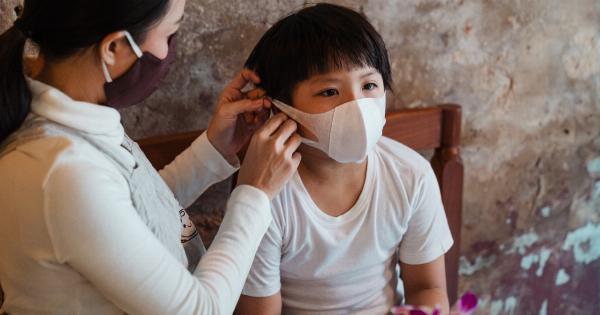Warts are common skin growths caused by the human papillomavirus (HPV). They typically appear as small, rough bumps on the hands, feet, and other parts of the body.
The virus is highly contagious and can easily be transmitted from person to person or from an object to a person. Here are some of the most common ways to catch warts:.
1. Direct Contact
The most common way to catch warts is through direct contact with a person who has them. The virus can be spread through even the slightest touch, especially if the infected person has open wounds or cuts on their skin.
Therefore, it’s important to avoid touching warts or any other infected areas on someone else’s skin.
2. Sharing Personal Items
Warts can also be spread through the sharing of personal items, such as towels, razors, or clothing. If an infected person has used any of these items, they may have left traces of the virus on them.
When someone else uses the same item, they can easily contract the virus and develop warts. It’s crucial to avoid sharing personal items with anyone who has warts or any other viral skin infection.
3. Walking Barefoot
Warts are commonly found on the feet, especially on the soles and toes. If an infected person walks barefoot on a surface, such as a pool deck or public shower, they can leave traces of the virus on the floor.
When someone else walks on the same surface, they can easily pick up the virus and develop warts on their feet. It’s important to wear shoes or sandals in public areas to avoid direct contact with the virus.
4. Scratching or Picking Warts
Warts can be easily spread to other parts of the body through scratching or picking them. When someone touches a wart and then touches another part of their body, the virus can spread and cause new warts to form.
It’s crucial to avoid touching warts or picking at them, as this can only make the infection worse and spread the virus to other areas of the skin.
5. Weakened Immune System
People with weak immune systems are more susceptible to contracting warts than others. This is because the immune system plays a crucial role in fighting off viral infections.
If the immune system is weak or compromised, it can’t effectively fight off the HPV virus, leading to the development of warts. Therefore, it’s important to maintain a healthy diet, get enough sleep, and exercise regularly to keep your immune system strong and healthy.
Conclusion
Warts are highly contagious and can easily be transmitted from person to person or through the sharing of personal items. They can also be spread through walking barefoot in public areas, scratching or picking them, and weakened immune systems.
Therefore, it’s important to take preventative measures, such as avoiding direct contact with infected individuals, wearing shoes in public areas, and maintaining a healthy immune system.






























